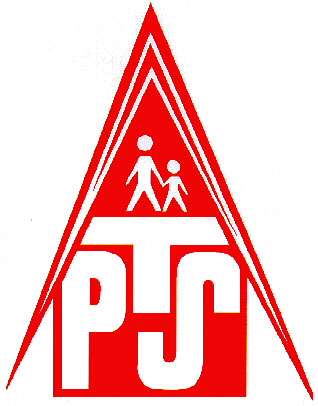Parent’s Guide to Reciprocal Teaching

 Written by Linda Williams, Title 1 Reading and Assessment Coordinator
Written by Linda Williams, Title 1 Reading and Assessment Coordinator
Reciprocal teaching is a research based method of improving reading comprehension that is being used throughout many classrooms in Portage Township Schools. It was often used as an learning method for struggling readers, but has since been shown to be effective for all students. Some of these strategies can actually be adapted for use at home.
Reciprocal teaching is a discussion technique that incorporates four main reading strategies: predicting, questioning, clarifying, and summarizing. These strategies (along with a few others) have long been known to be used by good readers to comprehend text.
We as adults use these same strategies in our own reading. For example, when you read an article, whether in print or online, you might skim the text and predict what it will be about. As you read, you alternate between clarifying ideas/words, asking questions or wondering. You summarize throughout your reading and predict what will come next. We do this naturally and automatically; with reciprocal teaching, we give a name to the strategies as we use them, making it more concrete for our students.
Predicting involves previewing the text to anticipate what may happen next. Readers use information from the text, illustrations, and their prior knowledge to make logical predictions before and during reading. With fiction, students use those clues to make predictions about the setting, characters, problems, and key events that may appear in the text. When working with nonfiction text, students use the text headings, illustrations, maps, captions and tables to predict what they will learn.
Questioning would involve using phrases such as “I wonder (why, how, what, where, who)…” Good readers ask questions throughout the reading process. Students who know they will be expected to think of a question about the text prior to reading will then read with a heightened awareness of the main ideas. During reciprocal teaching, students are asked to “be the teacher” as they create questions for one another
Students sometimes have difficulty understanding unclear sentences, passages, chapters, or difficult words. Clarifying helps students monitor their own comprehension, and learn how to apply “fix-up” strategies. Clarifying would sound like this: “I didn’t understand the part (or word, page, paragraph) where… so I …(reread, read on to look for clues, thought about what I know, talked to a friend).
Summarizing is complex, requiring students to pull together several skills and strategies: recalling the text, determining the important events, and arranging them in order. Retelling is an important beginning step, which is easier for our younger students. Summarizing sounds like this: “This is about…” or “I now think…”
This classroom technique known as "reciprocal teaching" may sound complex, but can actually be incorporated at home. Parents and children reading together can take turns playing the role of the teacher. As you read with your child, take turns summarizing, coming up with questions, clarifying confusing ideas, and predicting what will happen next. This is a sophisticated teaching principle that's fun to execute: children love being put in the driver's seat and getting to say things like "Okay, Mom, summarize what happened on this page!"
You can use fiction or non-fiction; short pieces from newspapers, picture books, or the Internet. You can even model real-life applications as you apply the strategies to a recipe, map, travel guide, or article. These are tools good readers use all their lives and are not just “school strategies.”